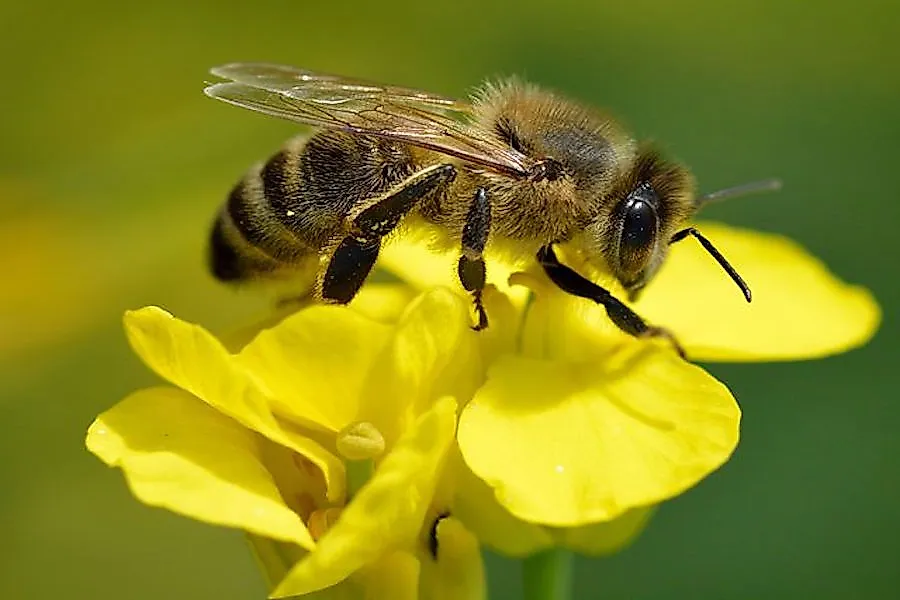Why Are Bees Going Extinct?

Albert Einstein was once quoted saying, “mankind will not survive the disappearance of honeybees for more than five years”. Recent studies have shown that this prophecy could soon come to pass. Beekeepers in the US have reported a mass decline is bee numbers all over the country with some states such as Iowa reporting a decline of over 70%. Bees are synonymous with their famed product, honey and honey production has suffered the greatest decline with California’s production falling by over 50% in six years. The situation is so bad that for the first time in history, the honeybee has been classified as an endangered species. The phenomenon behind the decline has been termed as the Bee Colony Collapse Disorder (CCD).
What Is The Colony Collapse Disorder (CCD)?
Colony Collapse Disorder is a condition where worker bees in a bee colony disappears, decimating the bee numbers. The Colony Collapse Disorder has occurred throughout history with instances having been documented as early as 1869 and subsequent episodes having been noted at least once every decade since. While CCD can be similar to a case where bees migrate and leave a hive behind, CCD has several characteristics which define it. These include the presence of stored honey and pollen inside the hive. When migrating, bees carry all their stock of food with them so CCD can be established if a hive is found with honey but devoid of worker bees. Another sign of CCD is when a queen bee is present in a hive without other workers. When migrating, bees carry their queen with them to a new location.
What Causes CCD?
Several factors have been identified as the cause of CCD in bees. The most destructive of them is the invasion of varroa mites. Varroa mites are parasites which carry harmful viruses which are deadly to bees including the acute bee paralysis virus and the deformed wing virus. These viruses also weaken the immunity of host bees making them susceptible to numerous ailments. The varroa mites also feed on the bee larvae further decimating the numbers. Other pathogenic factors causing CCD include fungal infections as well as invasion of hive beetles. Another factor attributed to CCD outbreaks is the use of pesticides. While they rarely lead to deaths in bees, several pesticides have been directly linked to the change in development in bees such as pesticides with thiamethoxam and clothianidin chemicals. Climate change is another factor linked to onset of CCD as weather patterns change sporadically and rain washing away pollen which is important in bee nutrition and longer dry seasons causing strained buildup of honey.
Implications Of A Decline In Bee Populations
Over 60% of all fruits and vegetables consumed by humans have bees as the primary, if not the only pollinators. Some plants like the almonds, pears, apples, strawberries, and blackberries have bees as the only pollinators. The global decline in bee population has been detrimental in the farming of these products with some farmers resulting in the hiring of hives to assist them in pollination of their plants. If bees become extinct, it is estimated that seven out of sixty important crops would disappear in the United States.











